Capacity building is also available for all models through Energy Modelling Platforms and by request. (Learn more about CCG’s Capacity Building offer).
CCG curates a suite of open-source modelling tools and frameworks that support the energy planning process for the climate transition in low- and middle-income countries. Many of these tools are contributed to by a range of international partners, including IAEA, IRENA, KTH, UNDESA and The World Bank.
These tools aim to support countries moving along the investment pipeline from ‘Data-to-Deal’. The term Data-to-Deal refers to actions taken throughout an entire process that runs from data collection, system modelling, and development planning to national financing strategies, project finance arrangements, and the agreement of a deal (ie receiving financing for a transaction). These are also all driven by a strong stakeholder engagement process.
The tools are split into three categories. Click on each one to see more information about all the tools:
Geographic Information Systems
EAE, OnSSET, OnSTOVE, NISMOD
enERGY ACCESS EXploRER
EAE
Modelling Tool
EAE is an online and interactive geospatial platform that enables energy planners, clean energy entrepreneurs, donors, and development institutions to identify high-priority areas for energy access interventions. EAE functions also as a dynamic information system, reducing software engineering and data transaction costs for both data providers and users and facilitating data management and governance.
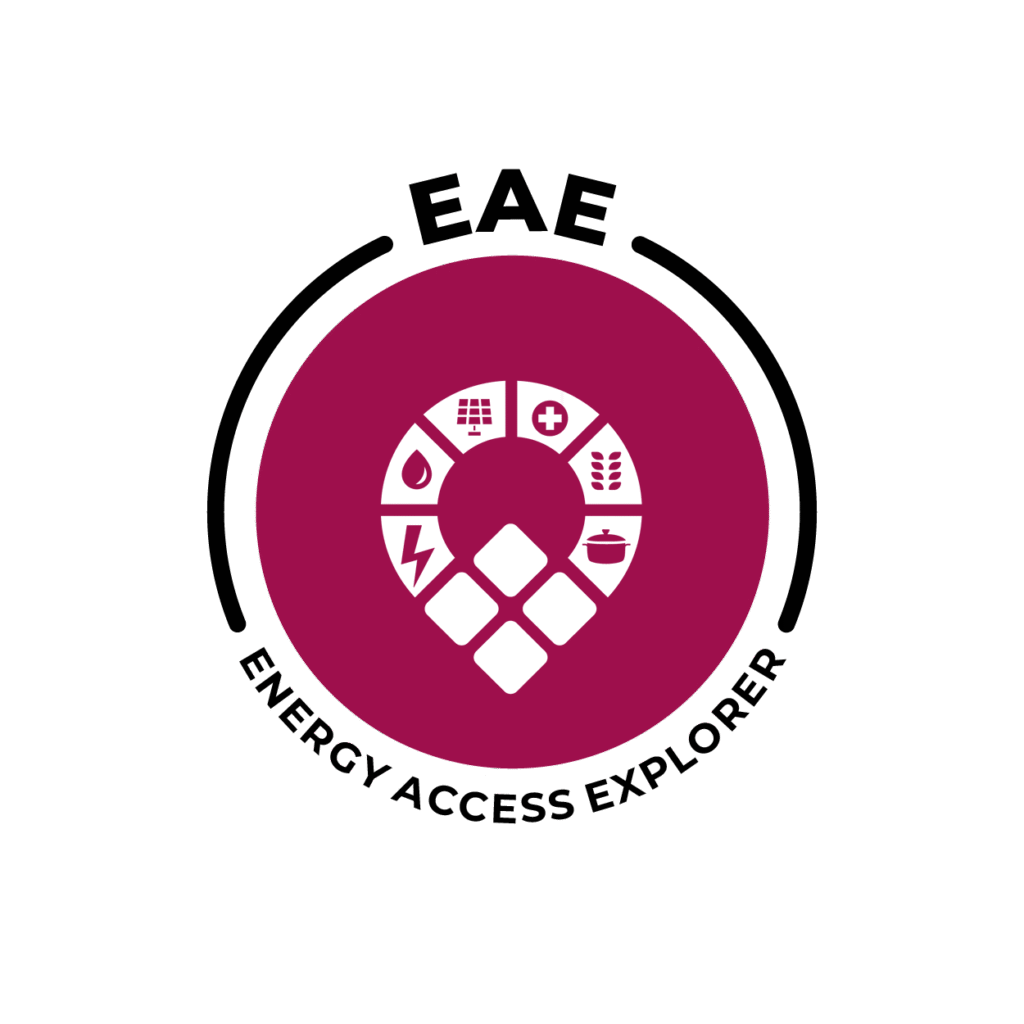
More resources
- Get the tool: Modelling Tools Survey
- Free online course: : OLCreate: Climate Compatible Growth | OLCreate
- Website: Energy Access Explorer
- Developer: WRI


Open Source Spatial Electrification Tool
OnSSET
Modelling Tool
OnSSET is a bottom-up optimisation energy modelling tool that analyses the most cost effective electrification strategy, taking into account spatially explicit characteristics related to energy including population density and distribution, proximity to transmission and road network, nighttime lights, and local renewable energy potential. Based on this, OnSSET develops electrification plans and maps out how to achieve energy access goals in currently underserved locations.
More resources
- Get the tool: Modelling Tools Survey
- Free online course: OpenLearn Create (English) (French) (Spanish)
- Developer: Multi-agency collaboration, co-ordinated by KTH Royal Institute of Technology

Open Source Spatial Clean Cooking Tool
OnSTOVE
Modelling Tool
OnSTOVE is a geospatial, raster-based tool determining the net-benefit of different cooking solutions selected by the user for raster grid cell of a given study area. The tool can compare the potential of different cookstoves, based on their costs and benefits, and help identify the best choice. The tool considers four key benefits – reduced morbidity, mortality, emissions, and time-saved – and three costs – capital, fuel, and operation and maintenance. In each grid cell of the study area the stove with the highest net-benefit is chosen.

More resources
- Get the tool: Modelling Tools Survey
- Free online course: OpenLearn Create (English) (French) (Spanish)
- Developer: KTH Royal Institute of Technology


nATIONAL INFRASTRUCTURE SYSTEMS MODEL
NISMOD
Modelling Tool
NISMOD is a collection of tools and software libraries for the modelling and analysis of multiple infrastructure sectors, including energy, transport, and water. By combining a suite of tools with socioeconomic and environmental data, NISMOD enables analysts to assess climate-related risks, resilience to natural hazards, and evaluate pathways toward sustainable infrastructure systems.
More resources
- Get the tool: Modelling Tools Survey
- Free online course: OLCreate: Climate Compatible Growth | OLCreate
- Visualisation tool: GRI Risk Viewer
- Developer: University of Oxford

Techno-economic
EBS, MAED, OSeMOSYS, CLEWs, SIBs, FlexTool, PathCalc
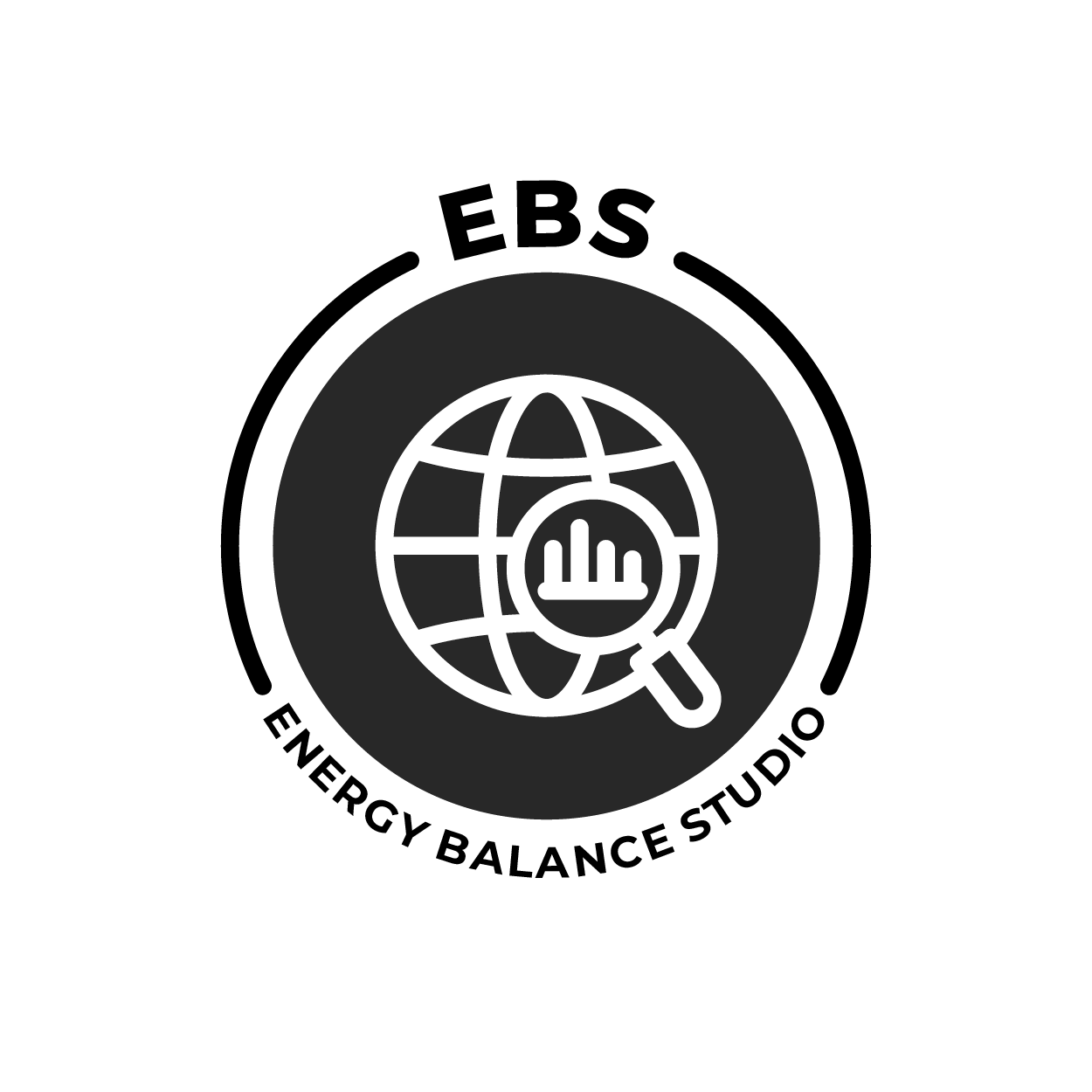
Energy BALANCE STUDIO
EBS
Modelling Tool
EBS is a tool for providing a systematic framework in organizing the energy statistics data that can be used to support the preparation of first order energy balances and construct inputs for energy planning models.
More resources
- Get the tool: Modelling Tools Survey
- Free online course: OLCreate: Climate Compatible Growth | OLCreate
- Developer: International Atomic Energy Agency

Model for the Analysis of Energy Demand
MAED
Modelling Tool
MAED is a tool that estimates future energy demand based on assumptions about socio-economic, technologic and demographic development in a country or region. Energy demand is calculated for end-uses in the household, services, industry and transport sectors for an overall picture of future energy demand growth. The tool provides a framework for mapping trends and anticipating future energy needs.

More resources
- Get the tool: Modelling Tools Survey
- Free online course: OpenLearn Create (English) (Spanish)
- Developer: International Atomic Energy Agency

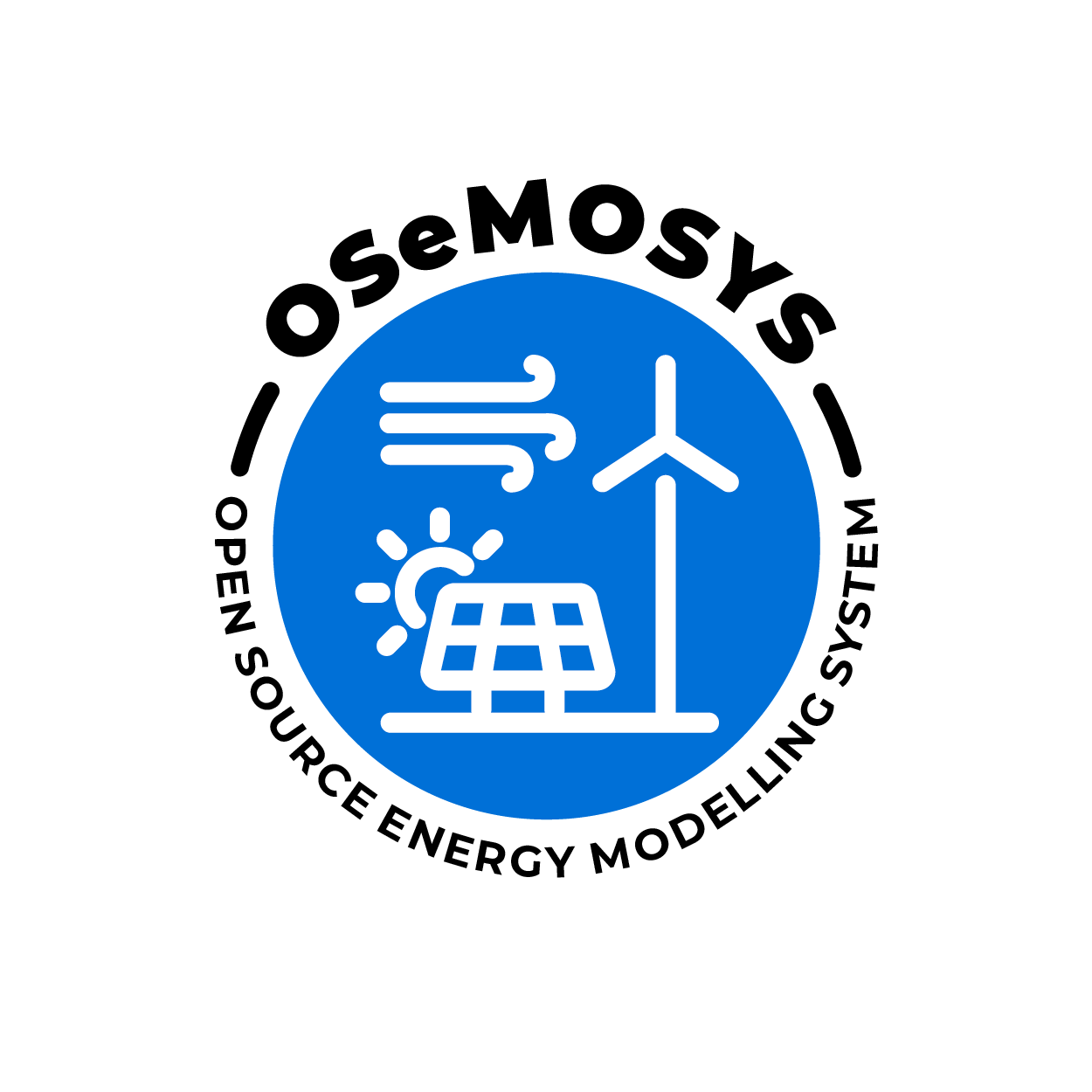
Open Source Energy Modelling System
OSeMOSYS
Modelling Tool
OSeMOSYS is a tool for the long-term planning of energy systems, evaluating the most cost-effective approach to meet future energy needs, optimising investment plans. It meets exogenously defined final energy demands while considering existing technological attributes such as costs, lifetimes, and system constraints like greenhouse gas emission limits, renewable energy targets, and investment caps. A variation of this model, OSeMOSYS Global, can evaluate the economics of cross-border power interconnections and regional energy integration.
Climate, Land (Food), Energy and Water systems approach
CLEWs
Modelling Framework
The CLEWs framework is an integrated approach that can be applied within OSeMOSYS to analyse the complex interlinkages between climate, land, energy and water resources. The framework identifies trade-offs, balances resource demands, and helps develop sustainable strategies, addressing connected challenges in resource management and climate change. Due to its flexiblity, CLEWs can be applied to various modelling tools, such as TIMES and MESSAGE.
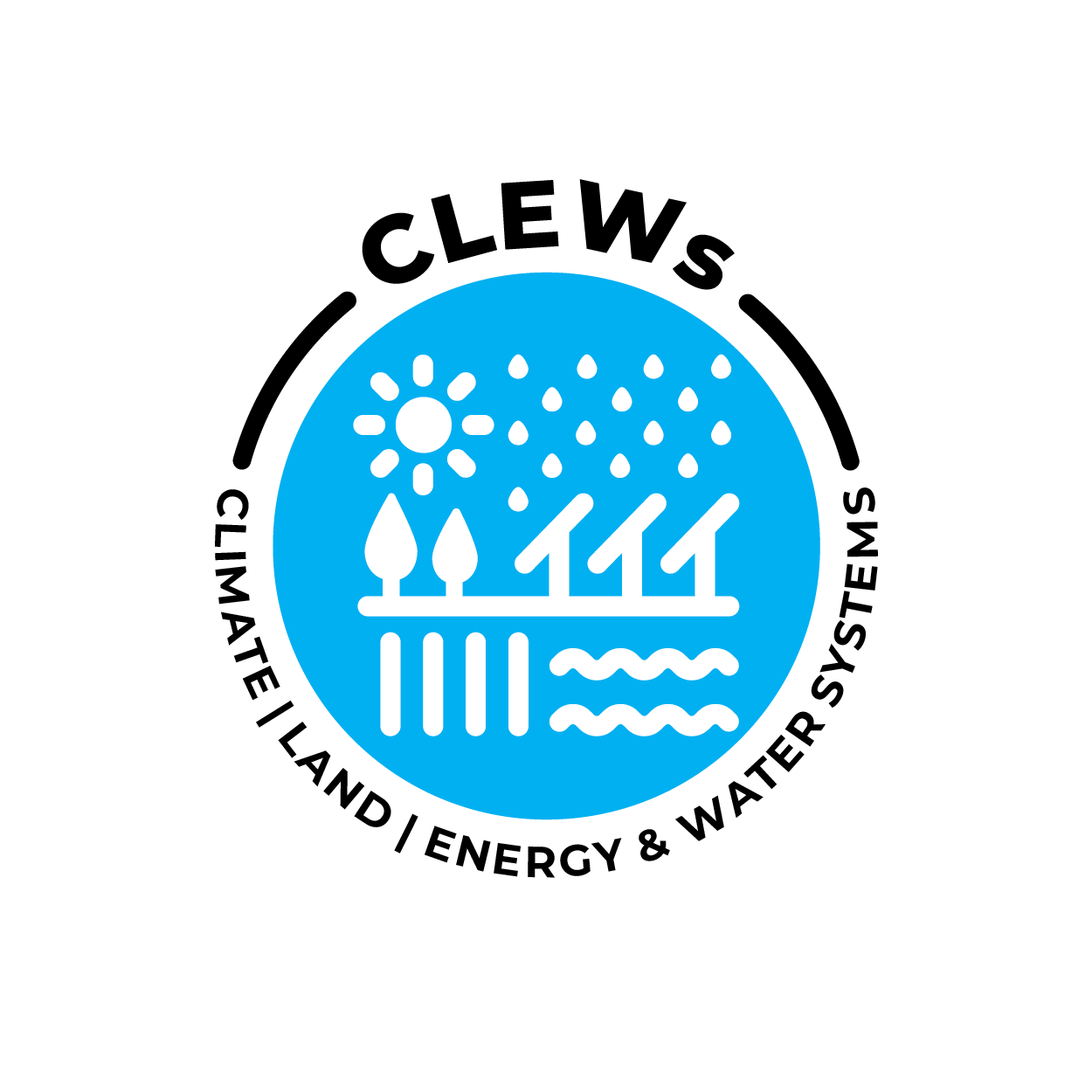
More resources
- Get the tool: Google Drive
- Free online course: OpenLearn Create (English)
- Website: http://www.osemosys.org/
- Developer: Multi-agency collaboration, co-ordinated by KTH Royal Institute of Technology


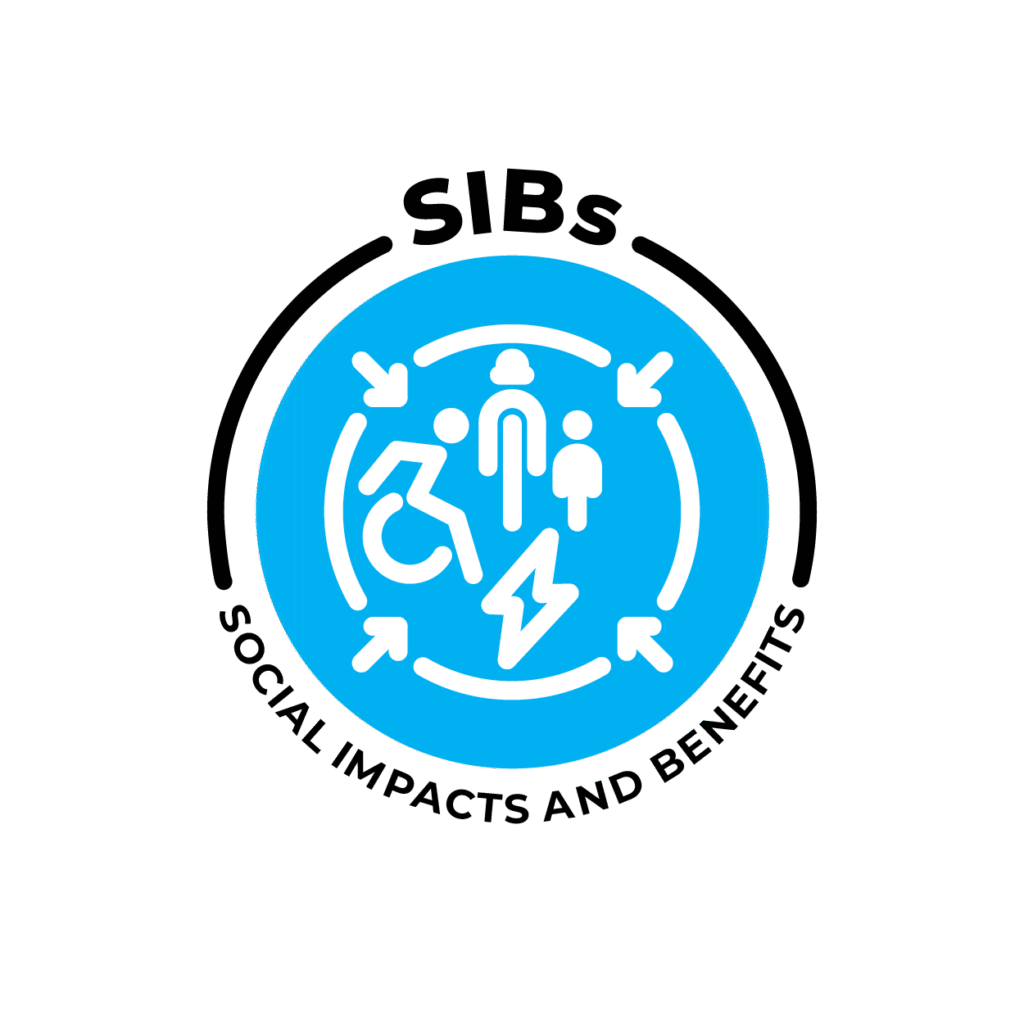
SOCIAL IMPACTS AND BENEFITS
SIBS
Modelling Tool
The SIBs framework follows an input-output methodology within OSeMOSYS, providing valuable insights into key social indicators, such as jobs, health, traffic accidents, and others, based on existing capacity expansion plans. The framework supports efforts to protect and uplift marginalised communities—an area of growing importance for policymakers.
More resources
- Developer: KTH Royal Institute of Technology

FlexTool
Modelling Tool
FlexTool performs power system flexibility assessments based on national capacity investment plans and forecasts. The tool assesses full power system dispatch and offers a detailed view of options for flexible generation, demand-side flexibility and energy storage, alongside sector-coupling technologies such as power-to-heat, electric vehicles and hydrogen production through electrolysis.
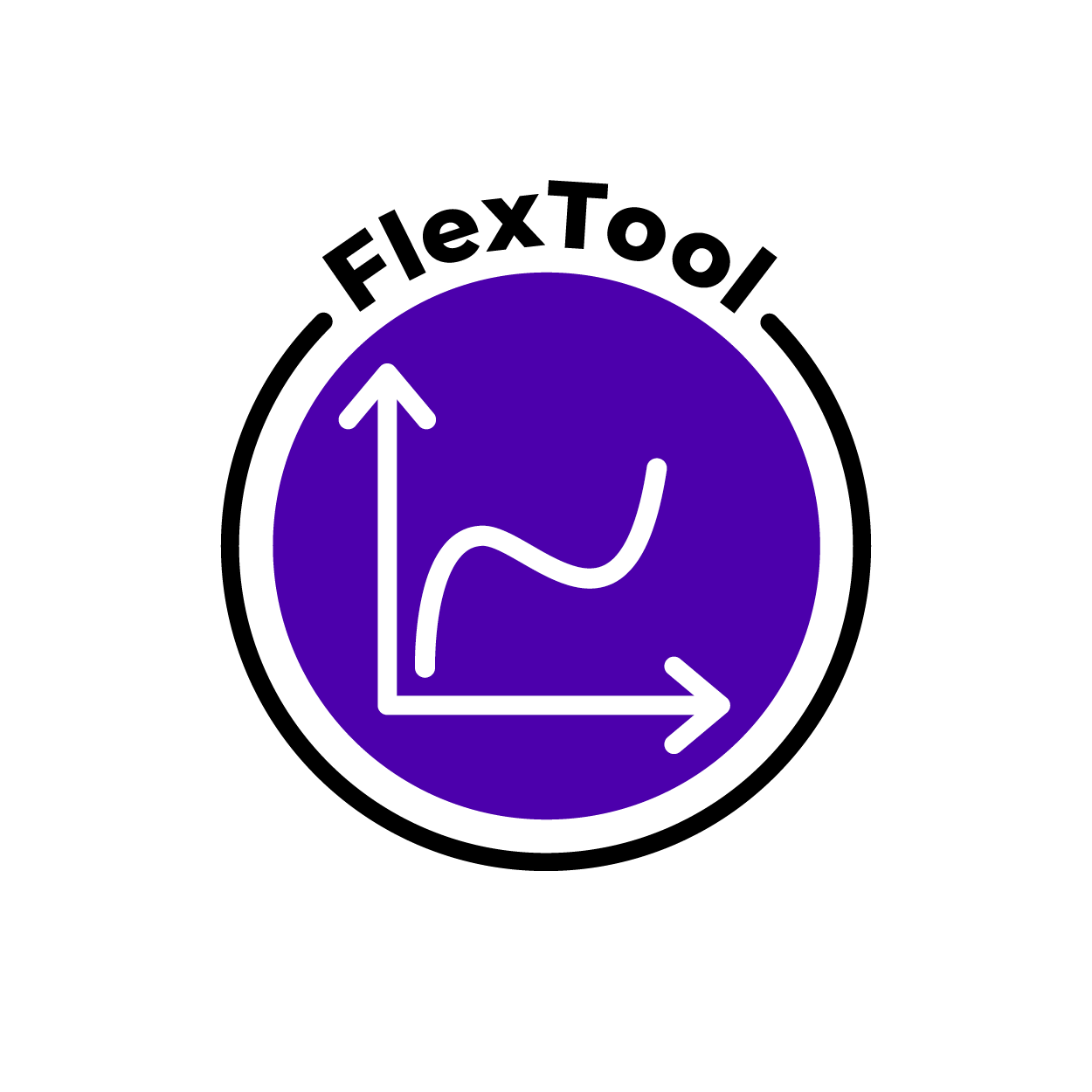
More resources
- Get the tool: Modelling Tools Survey
- Free online course: OLCreate: Climate Compatible Growth | OLCreate
- Website: Flextool
- Developer: International Renewable Energy Agency
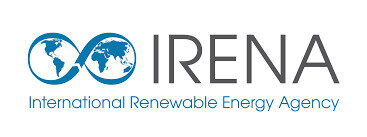
Pathways Calculator
PathCalc
Modelling Tool
PathCalc is an innovative tool which integrates the analysis of OSeMOSYS with the visualisation features of the 2050 Calculator. As a result, the model outputs are presented in an interactive way via numerous ambition levers and levels, to visualise the impact of various choices on demand, investments, and emissions. To date, PathCalc has been trialled with Laos and Vietnam’s energy system.

More resources: Coming soon
- Visualisation tool: Overview | PathCalc Laos
- Developer: UK Department for Energy Security & Net Zero and Imperial College London

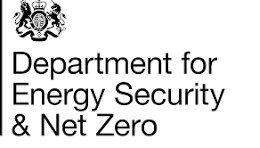
Financial
FFRM, FinCoRE, FinTrack, FINPLAN, MINFin

FOSSIL FUEL RETIREMENT MODEL
FFRM
Modelling Tool
FFRM is a python-based tool that estimates the stranded cost associated with retiring fossil fuel power plants. The tool utilises an optimisation framework to endogenously calculate stranded cost taking into consideration commercial and market issues. It uses projections for capacity and production of fossil fuel power plants to explore their retirement profile under two types of price regimes, PPA and market price regime to assess at what capacity does fossil fuel power plants become stranded and explores how this influences total compensation for stranded plants.
More resources
- Get the tool: Modelling Tools Survey
- Developer: The World Bank, University of Oxford, Imperial College London
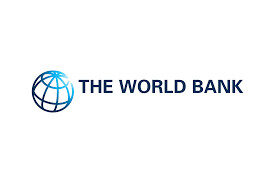


Model for tracking climate finance
FinTrack
Modelling Tool
FinTrack is a tool used to analyse and compare sources of climate and development finance available to countries. It draws on data from more than 30 major climate and development funds to assess how much concessional finance a country can access, the typical terms of these funds, and how easily they can be obtained. By mapping fund eligibility criteria to common standards, FinTrack helps users understand which funds are most accessible and affordable. The tool also estimates the concessionality of different financing sources, compares potential versus actual fund use, and identifies barriers to unlocking low-cost finance.
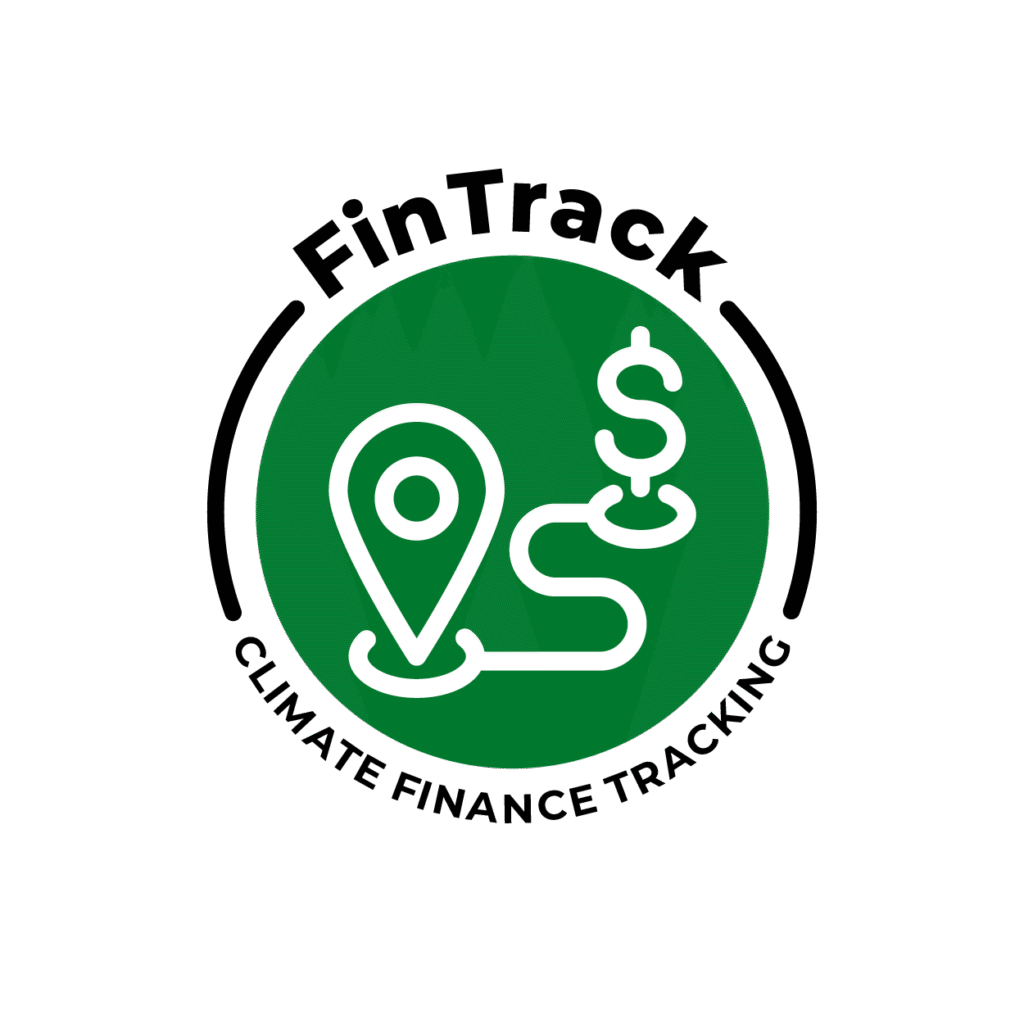
More resources:
- Get the tool: Modelling Tools Survey
- Free online course: OpenLearn Create
- Blog
- Developer: Imperial College London

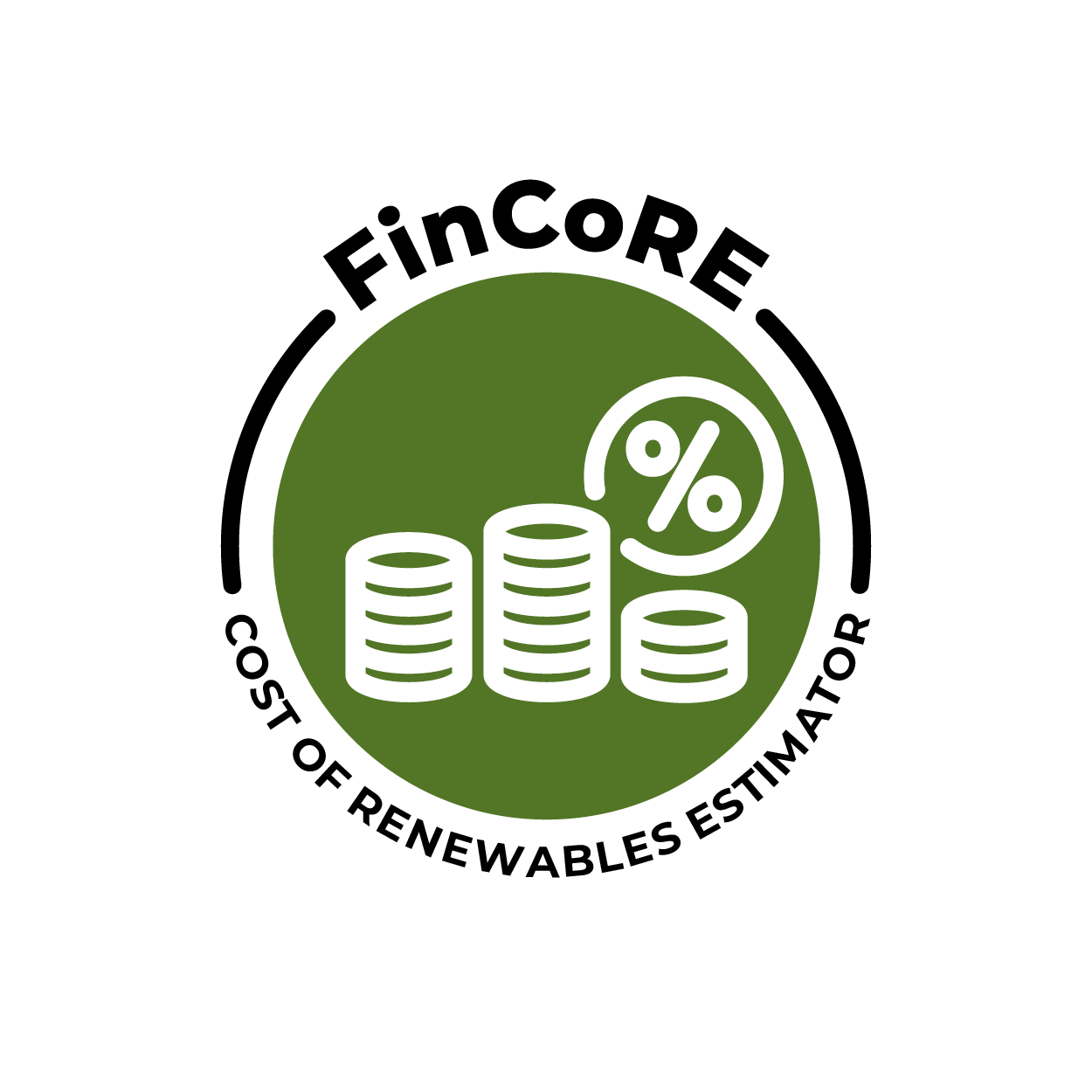
Model for cost of renewables estimation
FinCoRE
Modelling Tool
FinCoRE is a tool used to estimate the cost of capital for key electricity generation technologies in low- and middle-income countries. It provides annual estimates for up to fifteen years across 176 countries and ten major technologies, helping users understand how financing conditions vary by country and technology to inform project viability and investment planning. The tool features an interactive web interface that enables users to visualise global trends, compare countries and technologies, and project costs to 2030.
More resources
- Visualisation tool: Modelling Tools Survey
- Free online course: OpenLearn Create
- Blog
- Developer: Imperial College London

Model for Financial Analysis of Electric Sector Expansion Plans
FINPLAN
Modelling Tool
FINPLAN is an accounting model that assesses the financial viability of plans and projects, taking into account different financial and technical sources such as foreign exchange rates, investment costs, loan parameters, plant size, electricity generation and so on. Using this information, FINPLAN computes the projected cash flows, financial ratios, shareholders’ returns, including the net present value (NPV) and internal rate of return (IRR), and other financial indicators. FINPLAN also supports different financial structures, including both balance sheet and project financing.
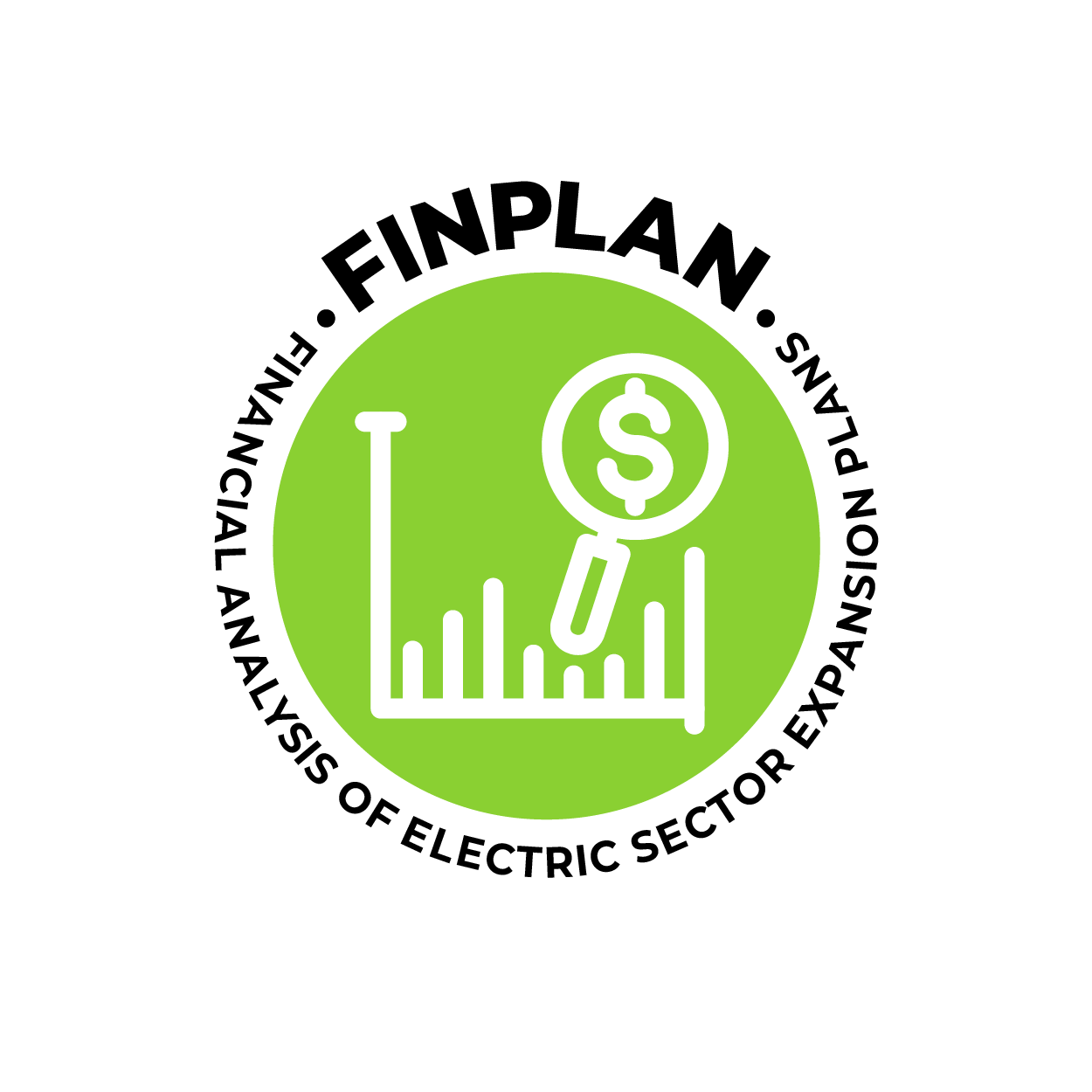
More resources
- Get the tool: Modelling Tools Survey
- Free online course: OpenLearn Create: (English) (French) (Spanish)
- Developer: International Atomic Energy Agency

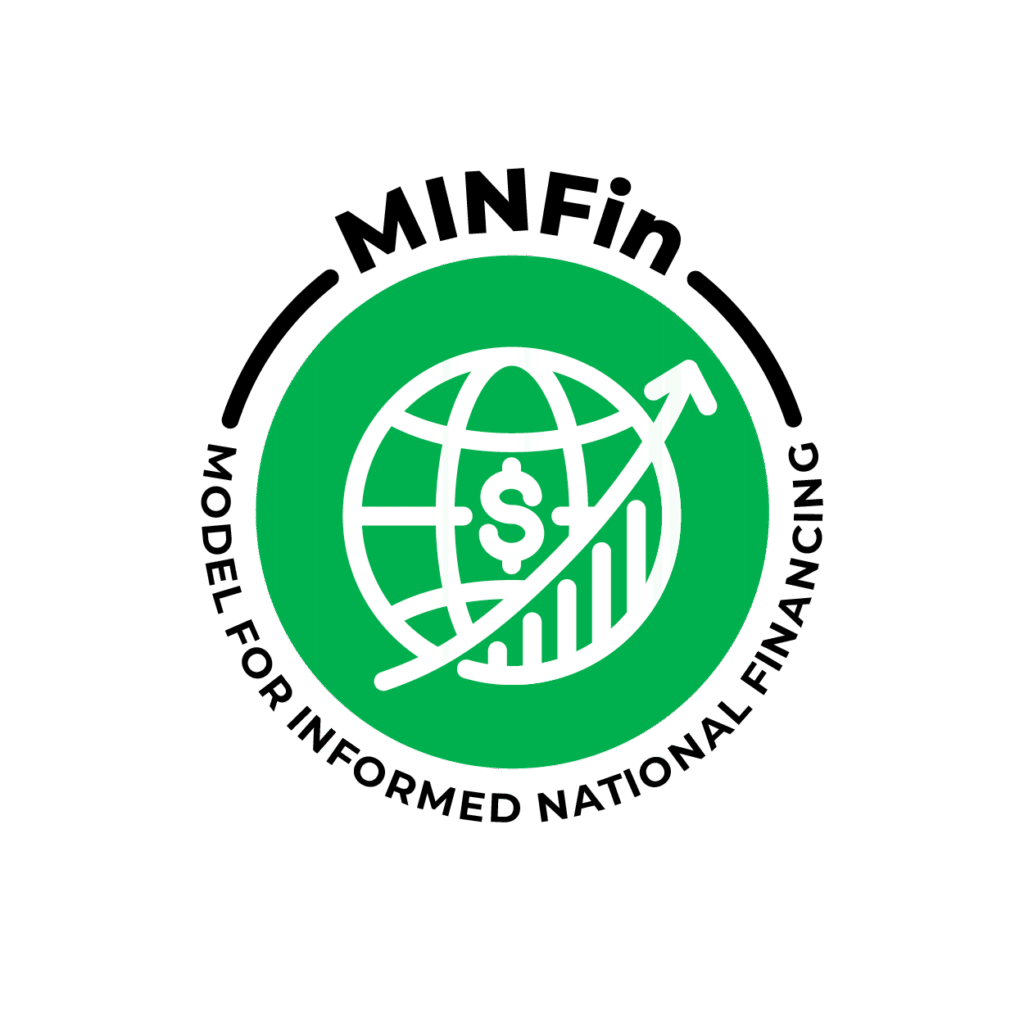
Model for Informed National Financing
MINFin
Modelling Tool
MINFin is a model used to assess the financial viability of national energy transition plans. It translates the technical outputs of energy system models into financial terms, projecting investment needs, financing costs, and expected revenues, to determine whether a country’s energy strategy is economically sustainable. By identifying financing gaps, MINFin helps governments understand the fiscal implications of their transition plans and design strategies to mobilise finance. The model supports collaboration between planners and finance ministries, allowing users to analyse impacts on public debt, sector revenues, and investment risk.
More resources:
- Get the tool: Modelling Tools Survey
- Free online course: OpenLearn Create
- Blog
- Developers: University of Oxford and Imperial College, London


Model Integration
IMPACCT Framework
To support Data-to-Deal, different modelling tools and frameworks have been incorporated and developed for the IMPACCT Framework.
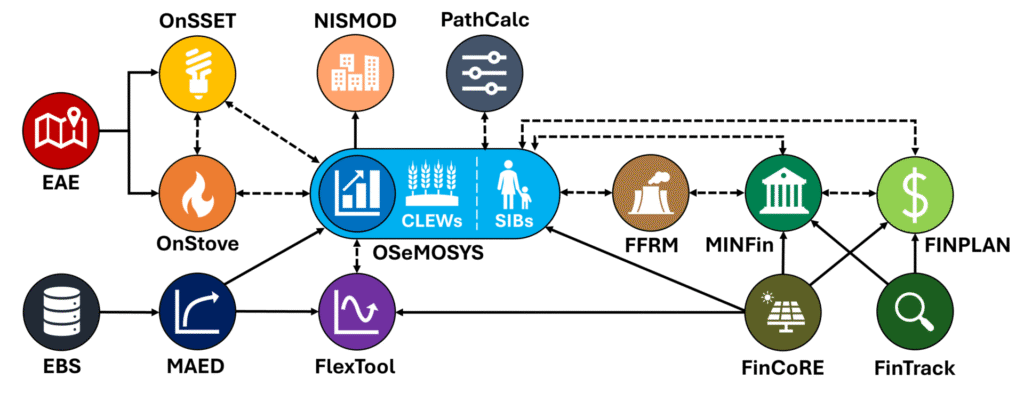
The IMPACCT Framework begins with energy balance calibration in EBS, used for energy demand assessments with MAED. Simultaneously, high priority areas for energy access can be identified with EAE, thereafter, electrification and clean cooking plans can be developed with OnSSET and OnStove, respectively. Outputs from MAED, OnSSET, and OnStove can then be fed into OSeMOSYS to develop a capacity expansion plan, and broader linkages with land and water can be studies with CLEWs, and social implications with SIBs. From OSeMOSYS results, power system flexibility can be evaluated with FlexTool, national infrastructure planning can be assessed with NISMOD, and impacts of certain choices on carbon emissions can be visualised interactively with PathCalc. OSeMOSYS outputs can also be used to understand the foregone revenue from early shutdowns of fossil fuel plants with FFRM. With projected capital costs from FinCoRE and financing terms from FinTrack, OSeMOSYS outputs can also be used to develop a national climate finance strategy using MINFin and evaluation of the financial viability of utility-scale projects using FINPLAN.
Read the full paper here.

